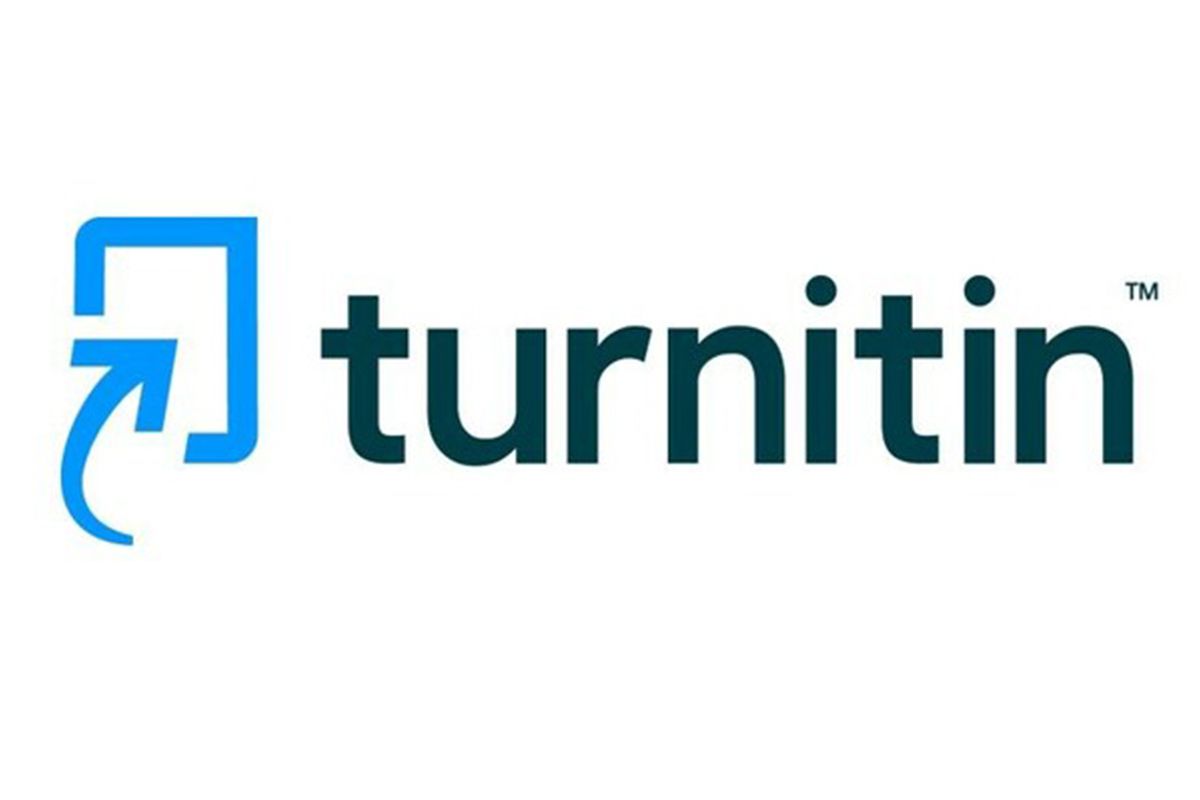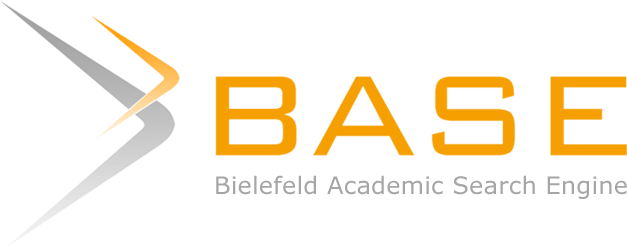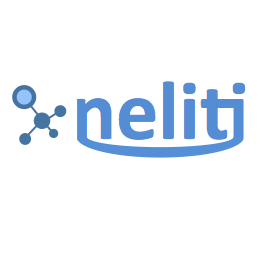| MAIN MENU |
| Focus and Scope |
| Peer Review Process |
| Publication Ethics |
| Author Guidelines |
| Article Processing Charges |
| Reviewers |
| Editorial Team |
| Online Submission |
| Article Templates |
Author Guidelines
Please read and understand the author's guidelines for the preparation manuscript. The author who submits a manuscript to the editors should comply with the author's guidelines and template. If the submitted manuscript does not comply with the guidelines or using a different format, it will be rejected by the editorial team before being reviewed. The editorial team will only accept a manuscript that meets the specified formatting requirements (downloadable at: Template). This template is designed to assist the Author in preparing the manuscript, it is an exact representation of the format expected by the editor. To use this template, please just Save As this MS Word file to your document, then copy and paste your document here. All papers submitted to the journal should be written in Indonesian or English language.
Paper Format
- The word limit for the submission is 8000 words (Excluding footnotes and abstract).
- Written in A4 paper format, margins: top 2; left 1,5 cm; right 1,5 cm; bottom 3 cm, one column, justified, single-spaced.
- Title is written in Cambria 14 points, bold, and centered. Authors name is written in Cambria 10 points, centered. The affiliation of the author is written in Cambria 10 points, centered.
- Abstract and keywords: The abstract should contain not more than 250 words, written in Cambria 9 points, one column, justified, and single space. The number of keywords is minimum of 3 and maximum of 7, written in Cambria 9 points, left aligned, and single space.
- Main manuscript: is written in one column, justified, single space, written in Cambria 10 points. Headings: Cambria 11 points, bold, uppercase, left aligned. Sub-headings: Cambria 10 points, bold, capitalized each word, left aligned. Sub of Sub-headings: Cambria 10 points, lowercase, left aligned.
- Numbers writing: is written based on EYD (Ejaan Yang Disempurnakan) for manuscript written in Bahasa Indonesia, while manuscript written in English is based on English Grammar and Structure.
- Picture/illustration: is written pre-numbered. Picture/illustration title is written under the picture/illustration in: Cambria 9 points, centered. Picture/illustration reference is written after the picture/illustration title (if the picture/illustration is cited from other sources) in Cambria 9 points, centered.
- Table: is written pre-numbered. Table title is written above the table in Cambria 9 points, centered. Table reference is written below the table. Notes of the table are written after table reference in Cambria 9 points, left aligned.
- References: is written using APA Style.
- The sequence of manuscripts following: Title, Abstract, Keywords, Introduction, Literature Review, Methodology, Result and Discussion; Conclusion; and References. However, this structure of manuscript heading might be adjusted for conceptual paper and case study paper.
Here are some things to consider:
Abstract
All article submissions should also include an Abstract. Abstract Explaining the aims and object of the paper. It begins with a brief discussion about the background of the topic and the significance of the research. Methodology of the research should also be stated very briefly in the abstract. It ends with the research statement taken by the author and elaborates suggestions.
Introduction
The introduction should be clear and provide the issue to be discussed in the manuscript. Before the objective, authors should provide an adequate background, and very short literature survey in order to record the existing solutions, to show which is the best of previous researches, to show the main limitation of the previous researches, to show what do you hope to achieve (to solve the limitation), and to show the scientific merit or novelties of the paper.
Literature Review
In this section, we provide a comprehensive literature review that aims to establish the existing knowledge and research related to the topic of our study. By conducting a thorough literature review, we establish a foundation for our research and demonstrate the significance and originality of our study. It helps to situate our work within the existing body of knowledge and provides a rationale for our research objectives and methodology.
Methodology
The method used is not limited to normative juridical methods. Methods other than normative juridical methods should mention time and place of the research (if applicable) and the focus of the research in the first part. The following steps were undertaken to carry out the research: Research Design, Data Collection, Data Analysis. It is important to note that the methodology should be tailored to the specific research objectives and research question. The chosen methodology should align with the nature of the research and provide reliable and valid results.
Result and Discussion
Result and discussion be written in the same part. They should be presented continuously starting from the main result until supporting results and equipped with a discussion. Figures and Tables (if any) should be put in the same part of this section and should be actively edited by the editors.
Conclusion
Conclusion should be explained clearly and concisely. Suggestion placed after conclusion contains a recommendation on the research and gives possibility for future research.
References
For submissions to issues published from 2023 onwards, the TECHBUS uses the APA Style in the References at the end of the manuscript. Cite only items that you have read and written on footnotes. Please use Reference Manager Applications like EndNote, Mendeley, Zotero, etc. Use other published articles in the same journal as models. All publications cited in the text should be included in the References section and arranged alphabetically.
The citation quick guide can be found at https://libguides.murdoch.edu.au/APA/home
Articles Template : Download









